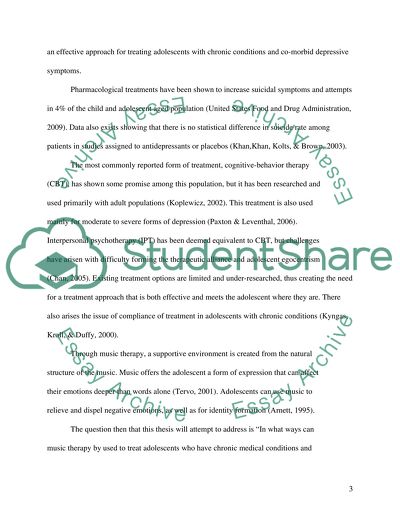Cite this document
(“Psychology of Music: Music therapy of depression Research Paper”, n.d.)
Retrieved from https://studentshare.org/psychology/1423540-psychology-of-music-music-therapy-of-depression
Retrieved from https://studentshare.org/psychology/1423540-psychology-of-music-music-therapy-of-depression
(Psychology of Music: Music Therapy of Depression Research Paper)
https://studentshare.org/psychology/1423540-psychology-of-music-music-therapy-of-depression.
https://studentshare.org/psychology/1423540-psychology-of-music-music-therapy-of-depression.
“Psychology of Music: Music Therapy of Depression Research Paper”, n.d. https://studentshare.org/psychology/1423540-psychology-of-music-music-therapy-of-depression.


